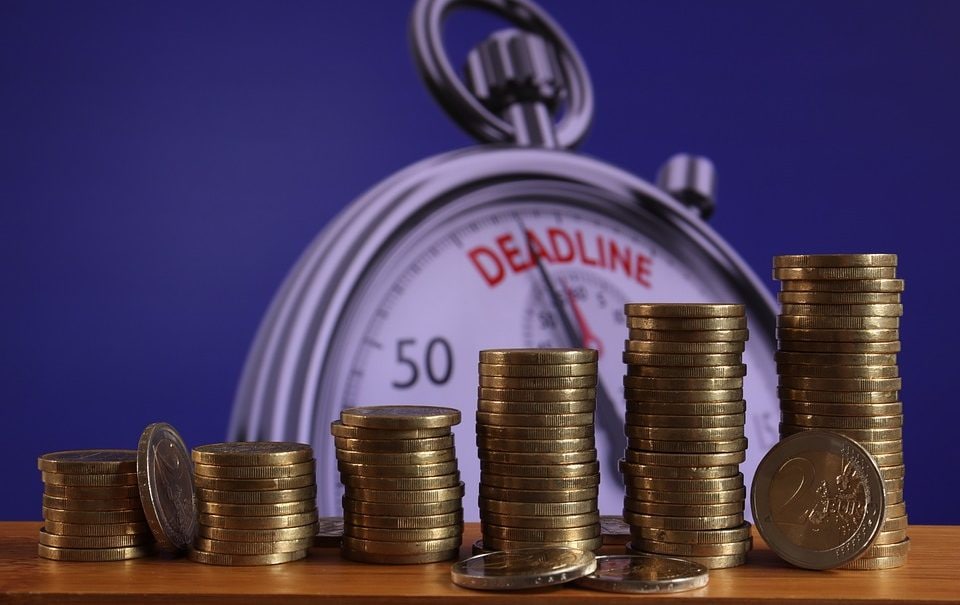The International Monetary Fund (IMF) advises Tajikistan to develop the domestic debt market.
A concluding statement released by the IMF mission last month, in particular, notes that development of the domestic debt market will help increase resilience and diversify sources of financing.
The budget reportedly continues to be heavily externally financed, with the limited local government securities market constraining scope for domestic budget financing. In addition, while there are relatively large government deposits placed with the National Bank of Tajikistan (NBT) (about 6.5 percent of GDP at end-October), the practice of earmarking a large share of deposits for specific ministries leaves limited flexibility to manage financial resources within the Treasury Single Account (TSA), according to the statement.
The IMF mission notes that increasing the efficiency of cash management and expanding market-based domestic issuance would provide greater scope to mitigate shortfalls in external financing during the year.
Tajikistan Public Expenditure Review (PER) released by the World Bank in early November last year says high government debt represents one of Tajikistan’s most important vulnerabilities the authorities face over the medium-term. PER notes that as a result of the aggressive debt accumulation, driven in large part by government spending on the Roghun hydropower plant.
According to data from the Ministry of Finance (MoF) of Tajikistan, Tajikistan’s total debt has amounted to 3.7 billion U.S. dollars as of July 1, 2022, which was equal to 42.8 percent of the country’s gross domestic product (GDP); internal debt amounted to 12 percent and external debt amounted to 88 percent.
In October last year, the Government of Tajikistan agreed with the Majlisi Namoyandagon (Tajikistan’s lower chamber of parliament) on internal borrowing. The Majlisi Namoyandagon gave consent to borrowing 1000 somonis (equivalent to about 100 million U.S. dollars).
According to government’s resolution posted on the Justice Ministry’s legal information website, it's about getting a loan at the annual interest rate of 2% from the National Bank of Tajikistan (NBT).
The document does not specify for what needs the government plans to spend the attracted funds.
As a result, the country’s internal debt increased by 20 percent and the public debt increased by 2.7 percent.




